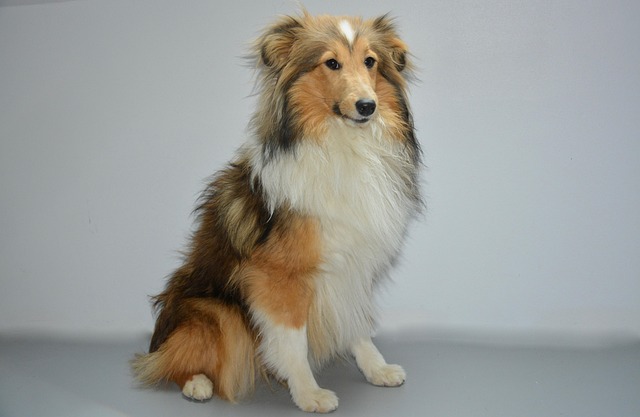
How do i train my dog to be obedient?
Watching your dog dart across the park ignoring your calls isn’t just frustrating—it can put them at risk near busy streets or public spaces.
Puppies peeing on the rug or adult dogs having accidents indoors aren’t just messy—they can strain your bond and even run afoul of local laws. Many cities fine owners for pet waste left unattended, and some apartments ban dogs with frequent indoor accidents. The good news? With patience, you can teach your dog to signal when nature calls.
Start by learning their body language. Most dogs give clues before they need to go: pacing, sniffing the floor, or circling. When you spot these signs, immediately take them outside—on a leash, of course, as most public areas require it. Use a consistent phrase like “go potty” so they associate the words with the action. Reward them with a tiny treat the second they finish—timing is key here.
Choose a signal that works for both of you. Some owners use a bell hung by the door; tap your dog’s nose to it gently when heading out, and reward when they nudge it themselves. Others prefer a specific toy they carry to you. Pick something simple—complex signals confuse dogs. If you live in an apartment, train them to wait at the door instead of barking excessively, which could violate noise rules.
 Stick to a schedule, especially with puppies. Take them out first thing in the morning, after meals, naps, and playtime, and right before bed. Adult dogs can hold it longer, but regular breaks prevent accidents. When you’re outside, stay in one spot for 5-10 minutes—letting them wander might distract them from the task. If they don’t go, bring them back in and try again 15 minutes later.
Stick to a schedule, especially with puppies. Take them out first thing in the morning, after meals, naps, and playtime, and right before bed. Adult dogs can hold it longer, but regular breaks prevent accidents. When you’re outside, stay in one spot for 5-10 minutes—letting them wander might distract them from the task. If they don’t go, bring them back in and try again 15 minutes later.
Accidents will happen—stay calm. Yelling or rubbing their nose in it teaches them to fear you, not to signal. Instead, clean the mess with an enzymatic cleaner to eliminate odors (dogs revisit spots that smell like urine). Then, note the time—this helps adjust their schedule. For example, if they pee 30 minutes after breakfast, start taking them out 20 minutes after eating.
As they learn, gradually give more freedom. Once they reliably signal, let them roam the house instead of crating them. But keep an eye out—even trained dogs might forget if they’re excited or scared. In some areas, like condo complexes, you’ll need to use designated pet relief areas, so train them to go there specifically.
Consistency turns signals into habits. Within a few weeks, your dog will go from accidents to nudging the bell or sitting at the door—saving your floors and keeping you on the right side of local pet laws. It’s a win for both of you, and one more way to strengthen that unspoken bond.

Watching your dog dart across the park ignoring your calls isn’t just frustrating—it can put them at risk near busy streets or public spaces.

New puppy owners often find themselves rushing to clean up accidents before they set in, and that’s where puppy pad training becomes a game-changer.

If you've noticed your dog's waistline disappearing and your veterinarian has mentioned those few extra pounds, your first instinct might be to simply reduce the amount of food in their bowl.

Training a dog to use a designated spot indoors isn’t as daunting as many new owners fear, but it does take consistency and an understanding of your pet’s needs.

That moment of dread on a walk is all too familiar for many new dog owners. You see another dog approaching down the sidewalk of your neighborhood

If the sight of another dog on your neighborhood walk makes your heart sink as your own dog erupts into a frenzy of barking and lunging, you're not alone.